Manifeste Schizo-A | Pégasus
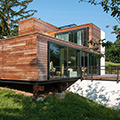
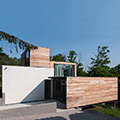
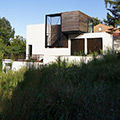
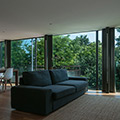

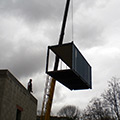
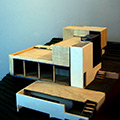
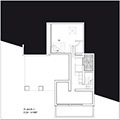
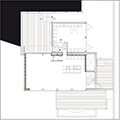
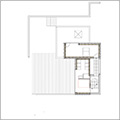
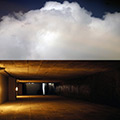
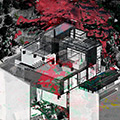
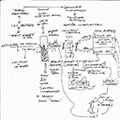
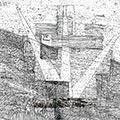

Un couple et leur enfant fondent une famille et veulent habiter une maison sur un terrain en pente en limite d’une grande ville. Si leurs mondes s’affairent dans une subjectivation de la réalité, leurs désirs respectifs impulsent deux modes de vie et orientent trois mondes : chacun le sien et un dernier commun. Ils le font fuir en oscillant à la marge de petites et grandes représentations qu’ils en ont. Loin de toute considération identitaire, leur agencement commun est de devenir invisible, ils ne veulent même plus se différencier par rapport à un pôle social quelconque. Ils aspirent à devenir tout le monde à la manière dont personne ne peut devenir comme tout le monde. Ces lignes de fuite moléculaires investissant les strates sociales et politiques ne consistent pas à fuir le monde mais à le faire fuir. Leurs désirs d’habiter s’expriment de bouts de propositions, de souffles de mots, de lambeaux de matières et de souvenirs de sensations dépourvus de cogito, impressions décousues revenant à la surface du corps. Ils se condensent sur un ensemble de choses flottantes qui ne trouvent aucune explication dans les grands ensembles langagiers. Il n’y a que des passages d’affects et des degrés d’intensités que l’on retrouve dans l’actualité de l’évènement, de ce « quelque chose qui passe » ou pas. Le monde n’est plus un référent dont l’architecture deviendrait une icône échangeable dans la politique identitaire globale que le capitalisme impose. L’architecture ne signifie plus le monde. Loin de vouloir faire de l’architecture une représentation de leur monde ou de combler des exigences fonctionnelles floues, l’architecture devient l’agencement construit de leurs lignes de fuite, des affects mondains et existentiels qui les traversent.
A couple and their child choose a sloping plot of land on which to build their house and raise their family. Their wishes stimulate two ways of living and guide three worlds: the parents’, the child’s, and a third shared one. Well removed from any identity-related consolidation, their common arrangement engages with an imperceptible future, no longer do they even try to stand apart from any social type. They aspire to become everyone in the way in which nobody can become like everybody. This imperceptible future does not involve fleeing from the world, their alliance makes this world flee to the edge of the representations they have of it. Their desires about dwelling are expressed in gusts of words, and bits of matter and sensations. They are condensed over a set of floating things which find no explanation in the sphere of meaning. There are just passages of affects and degrees of intensity which are to be found in the present nature of the event, and this “something that is happening”. There is an initial desire to be buried underground expressing the attraction of living in the secret of a subterranean base, Pegasus (referring to a US Comic of the 1980s). There is always a seething quality of underground life, a whole social life which runs through the world. The earth here encompasses the individual and describes an immersion in an incalculable mass. The other desire displays a suspension of the flesh in the sky. Air and light become the agents of a continuous event: something is in transition, a delicate atmosphere fills the motionless body, the souls drifts in a melancholy way without changing with the matter. The light neutralizes the matter. The idea of disappearance appears in the perception of these two desires inscribed on their bodies: disappearance in matter and disappearance of matter in order to go on living come what may.
Una coppia con bambini sceglie un terreno in pendio per costruire la propria abitazione. Le loro volontà generano due modi di abitare. C’è un primo desiderio di esplorare le prondità e un altro di proiettarsi verso il cielo. L’architettura ha come oggetto queste collisioni libidiche. Dei volumi bianche in muratura emergono dal terreno. Quelli interrati (spazi della casa) si strutturano nell’economica della muratura, nell’obbligo di farsi penetrate dalla luce. Il secondo insieme organico poggia sulla parte interrata. La gabbia del container marittimo riclicato in unità di abitazione segue la logica della sovrapposizione : gli otto angoli strutturati regolano la composizione della unità abitatitive. Autoportanti, indistruttibili, si articolano per ottenere grandi aperture. Se l’uso dei container esprime una volontà ecologica, questo riciglaggio diventa poetico. Una diagonale attraversa i due dispositivi perturbandone l’ordine e ritmandone la percezione : un anello di circolazione articola i diversi spezi della casta.